How to Create a Sustainable Garden Using Eco-Friendly Practices
Growing a garden that’s kind to the earth isn’t just a trend. It’s a way of giving back to the soil, air, and water that help our plants grow in the first place. A sustainable garden works with nature rather than against it, making small changes that add up to something meaningful over time.
People don’t realize how much damage traditional gardening can do. From chemical sprays to heavy water use, these practices can hurt local wildlife and drain natural resources. The good news is that switching to greener methods isn’t hard and makes a real difference in your yard and community.
This post may contain affiliate links, which helps keep this content free. Please read our disclosure for more info.
What is Sustainable Gardening?
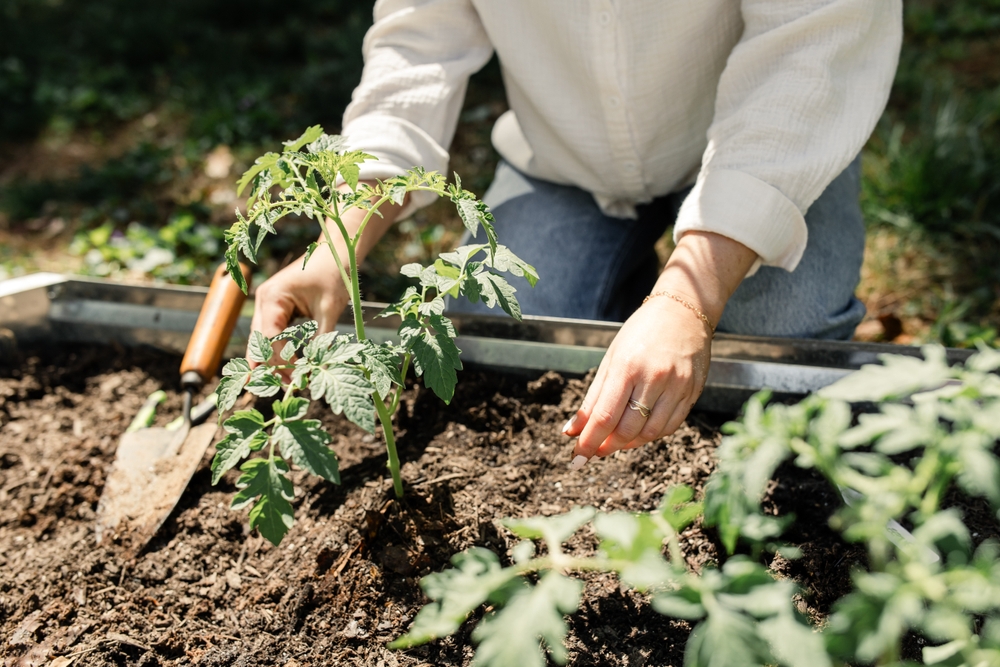
Sustainable gardening is all about growing plants in a way that keeps the environment healthy. That means being mindful of how much water, energy, and materials you use while finding ways to reuse or recycle as much as possible.
At the heart of this approach is the idea of working in balance with nature.
- Saving water through better irrigation and drought-tolerant plants
- Reducing waste with compost and mulch
- Supporting wildlife by planting a mix of species that attract pollinators
The more we garden with these things in mind, the less strain we put on the planet and the more life we bring into our own backyards.
Choosing the Right Plants for a Sustainable Garden
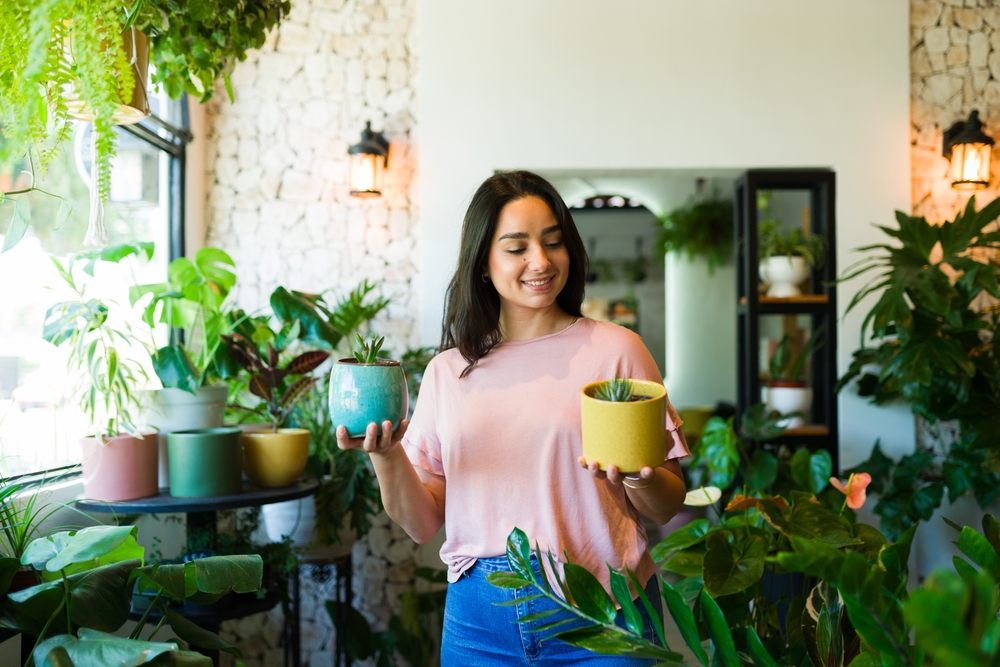
Picking the right plants is one of the easiest ways to start. Native plants are naturally suited to your region, so they need less water and care. They also provide food and shelter for local insects and animals, helping to keep the whole garden in good shape.
Drought-tolerant plants are great if you live in a dry area or just want to cut back on watering. Some folks also like companion planting, where certain plants grow better together and help keep pests away.
Soil Health: The Foundation of a Sustainable Garden
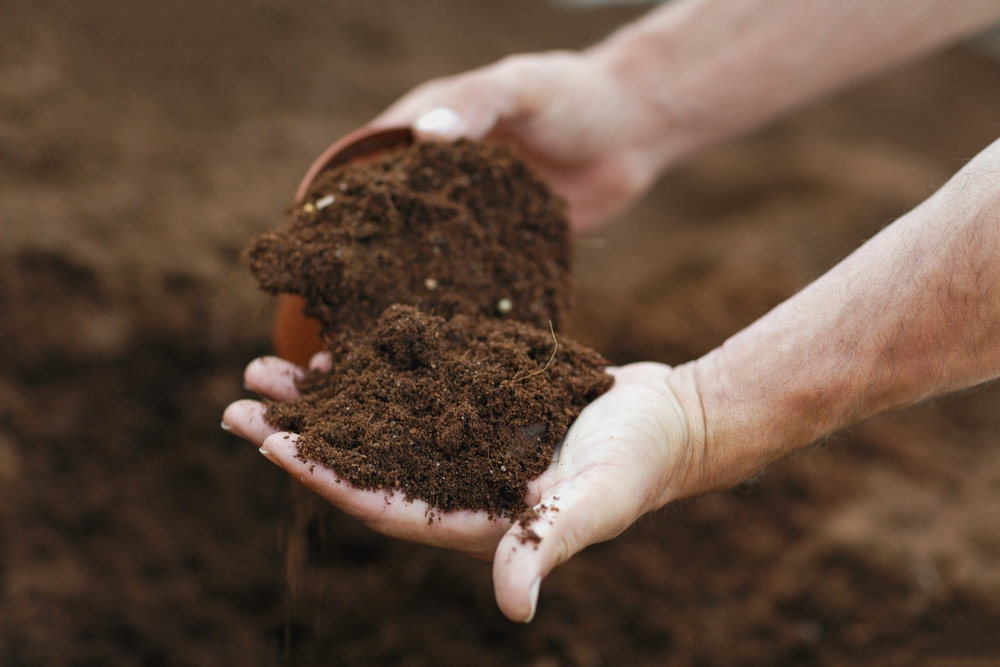
Good soil is the secret behind any healthy garden. It’s more than just dirt, as it’s full of life, nutrients, and tiny organisms that support your plants. When the soil is in good shape, your plants grow stronger and are less likely to get sick.
Here’s how to build healthy soil naturally.
- Mix in compost regularly to feed your plants
- Avoid chemical fertilizers that can harm soil life
- Add mulch to help the soil hold moisture and stay cool
With the right care, your soil will do most of the hard work for you.
Water Conservation Strategies
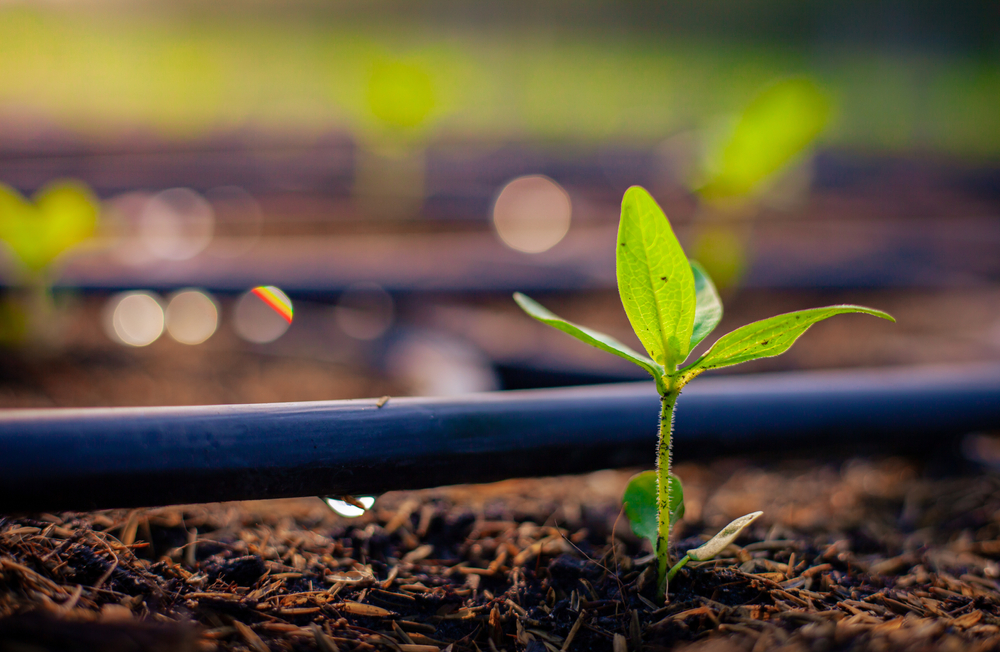
Water is a precious resource, so it helps to use it wisely. Collecting rainwater is a simple way to save, and setting up a barrel under your gutter works well for most homes. This water is perfect for your plants and doesn’t cost a thing once you’ve got it flowing.
Drip irrigation is another good option. It delivers water right to your plant’s roots, so there’s less waste. Plus, your plants get just what they need without overdoing it. These small changes can make a big difference during hot months or dry seasons.
Sustainable Pest Management
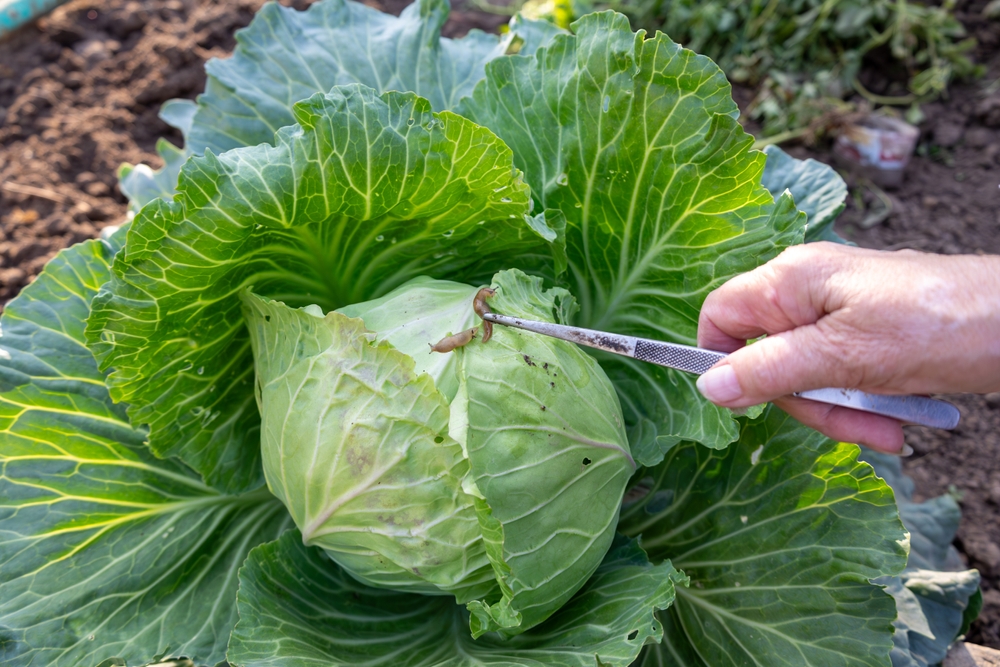
Pests are part of the garden, but that doesn’t mean you need to use harsh sprays. You can use natural techniques like manually removing pests from your plants or integrating plants that attract beneficial insects to your yard.
Some gardeners welcome helpful bugs like ladybugs and lacewings that eat the ones causing damage. When your soil is healthy and your plants are thriving, they’re also better at handling pests without much help.
Composting and Waste Reduction
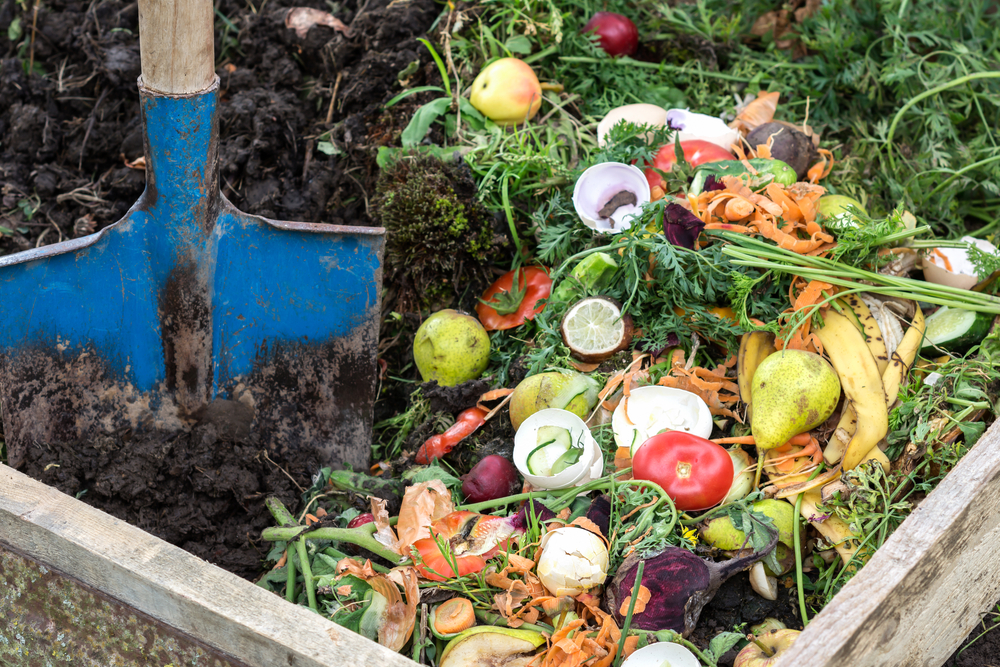
Composting is a simple way to turn food scraps and garden clippings into something useful. It keeps waste out of landfills and gives your soil a big nutrient boost.
To start composting, gather these things below.
- Fruit and veggie scraps
- Coffee grounds and eggshells
- Dry leaves and small branches
Keep your pile slightly damp and turn it every so often. Before long, you’ll have a steady supply of rich compost ready to spread around your garden beds.
Creating Habitats for Wildlife
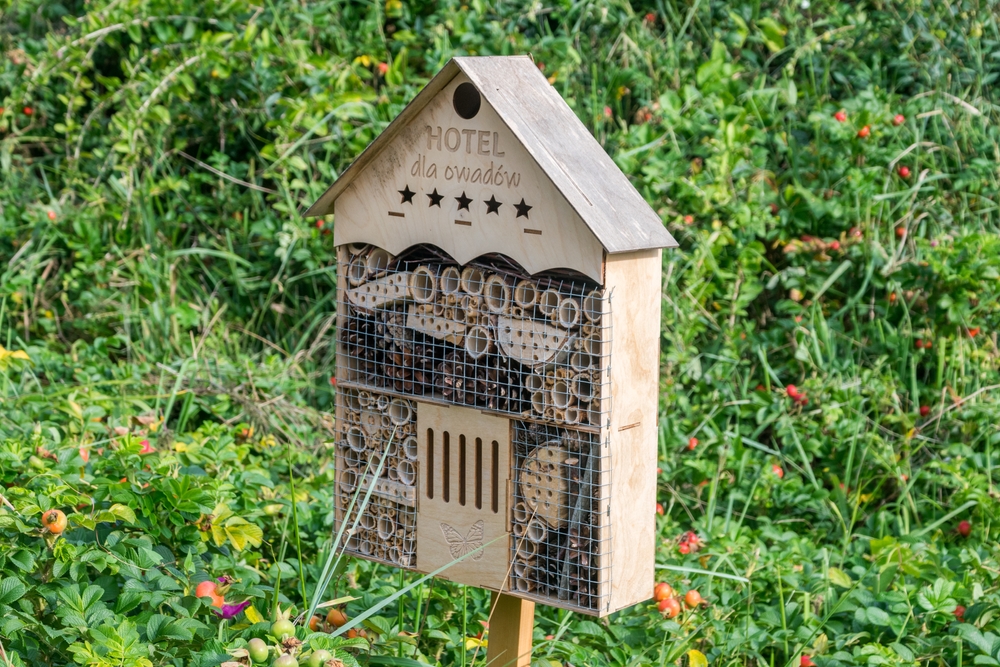
A sustainable garden is more than just plants. It’s a place where birds, bees, and butterflies can thrive, too. These creatures help pollinate and keep pest levels down, so they’re a welcome part of the space.
You can make your garden more inviting with blooming flowers, shallow water dishes, and quiet areas with native plants. A few birdhouses or even an insect hotel can go a long way in turning your space into a wildlife-friendly spot.
Using Sustainable Garden Tools and Products
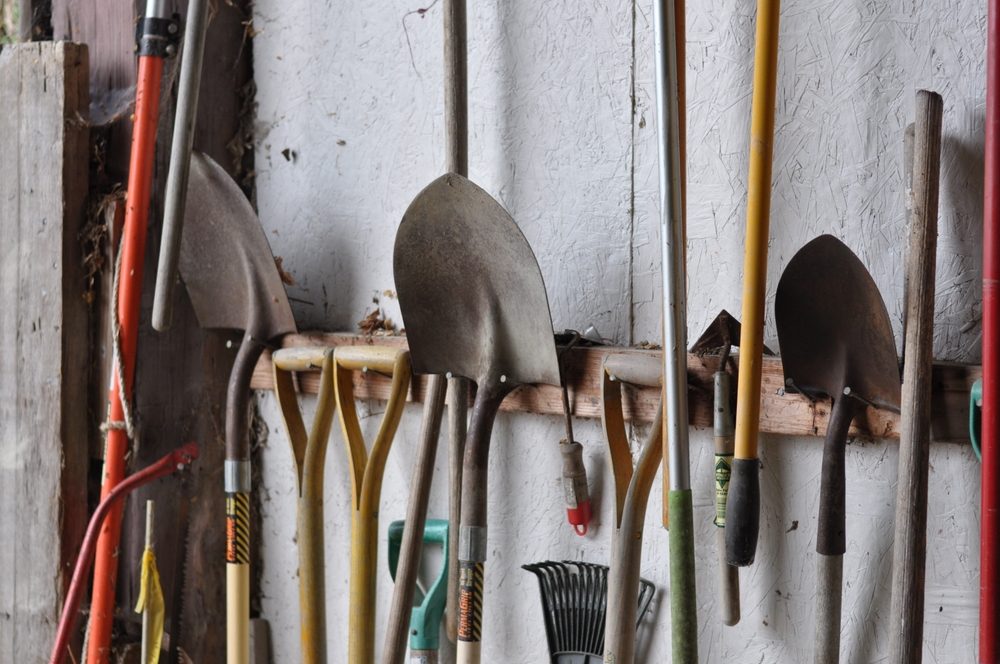
The tools and materials you use matter too. Pick hand tools when you can, especially for smaller jobs. They last longer, use no fuel, and are easier on your ears.
When building garden features like raised beds, try to use materials that are safe for the soil and built to last. Skip the chemical sprays and stick with natural options whenever possible. Your plants, your soil, and the bees will all benefit from the gentler approach.
Reducing Your Garden’s Carbon Footprint
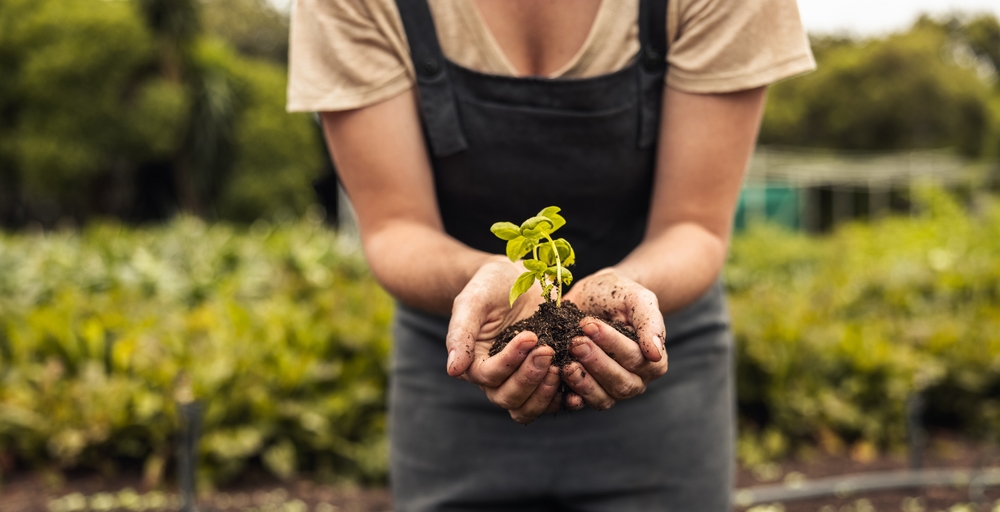
Gardens can do a lot to clean the air, especially when you plant trees, shrubs, and flowers together. These plants soak up carbon, help cool things down, and provide cleaner air for everyone around.
Growing your own food also helps cut back on emissions from transportation and packaging. When you plant what works in your region and stick to the seasons, you’ll get better results and use fewer resources along the way.
Sustainable gardening is all about making simple choices that work with nature. From composting and saving water to growing native plants and avoiding harsh chemicals, these steps create a space that supports life and stays healthy over time.
This article originally appeared on Avocadu.
